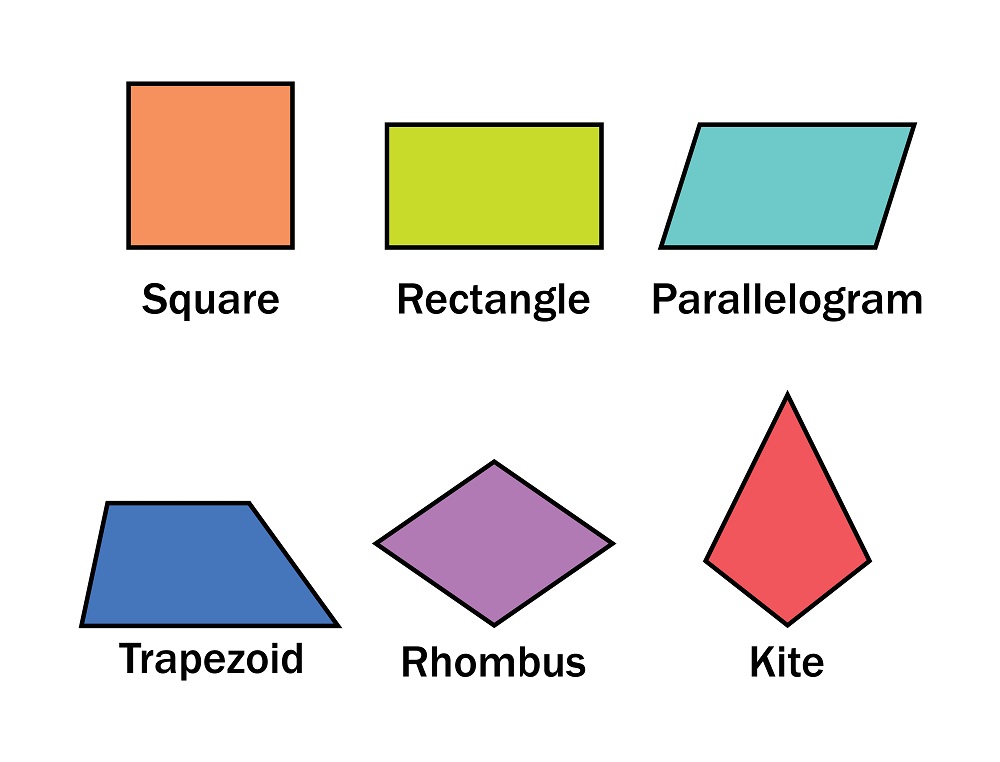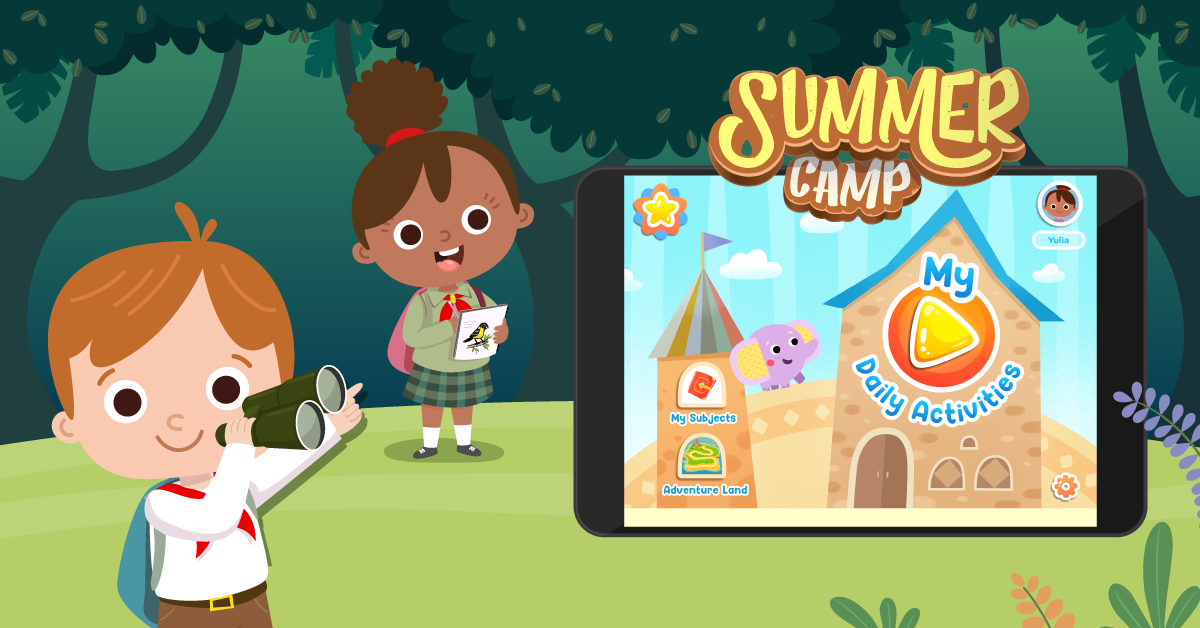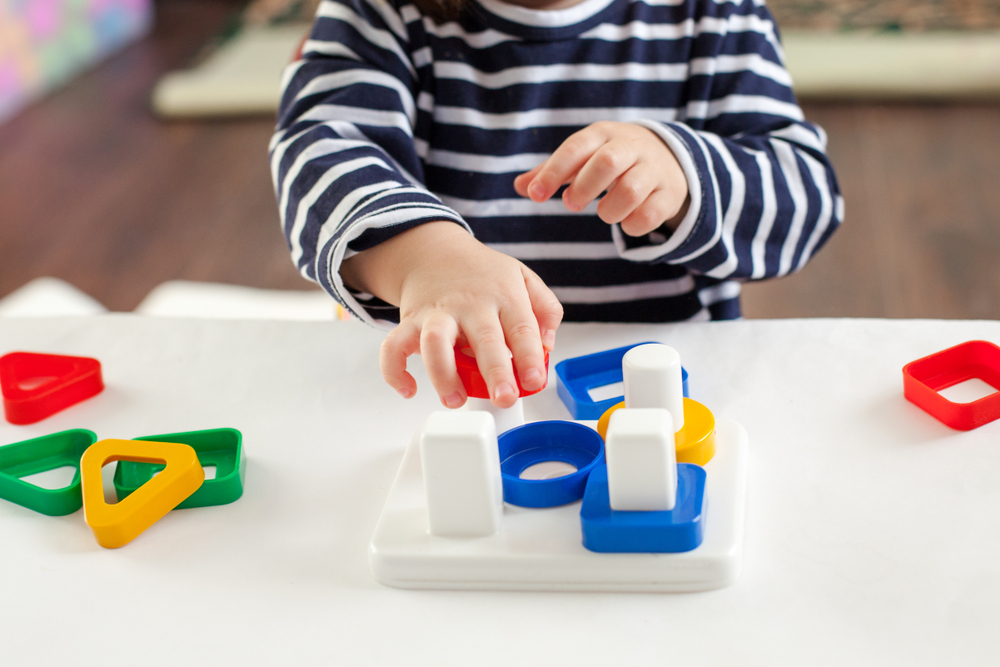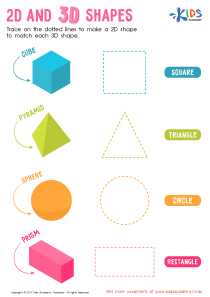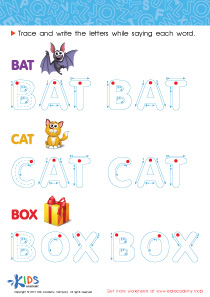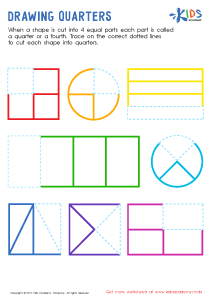Extra Challenge Area and Perimeter Worksheets for Ages 3-8
5 filtered results
Difficulty Level
Grade
Age
-
From - To
Subject
Activity
Standards
Favorites
With answer key
Interactive
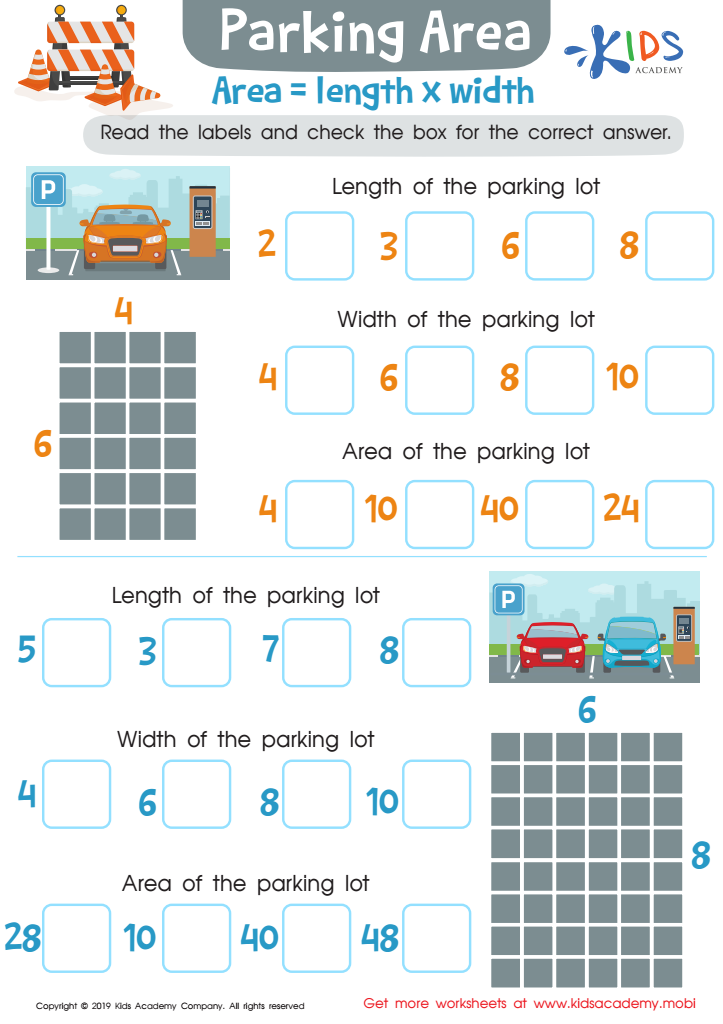

Parking Area Worksheet
Math may not be your child's favorite, but that doesn't mean they can't excel. Math can seem intimidating, but with practice, they can learn it's not so hard. In this worksheet, your kids will calculate the area of a parking lot, by adding length and width. Help them read the labels and select the correct answer.
Parking Area Worksheet
Worksheet
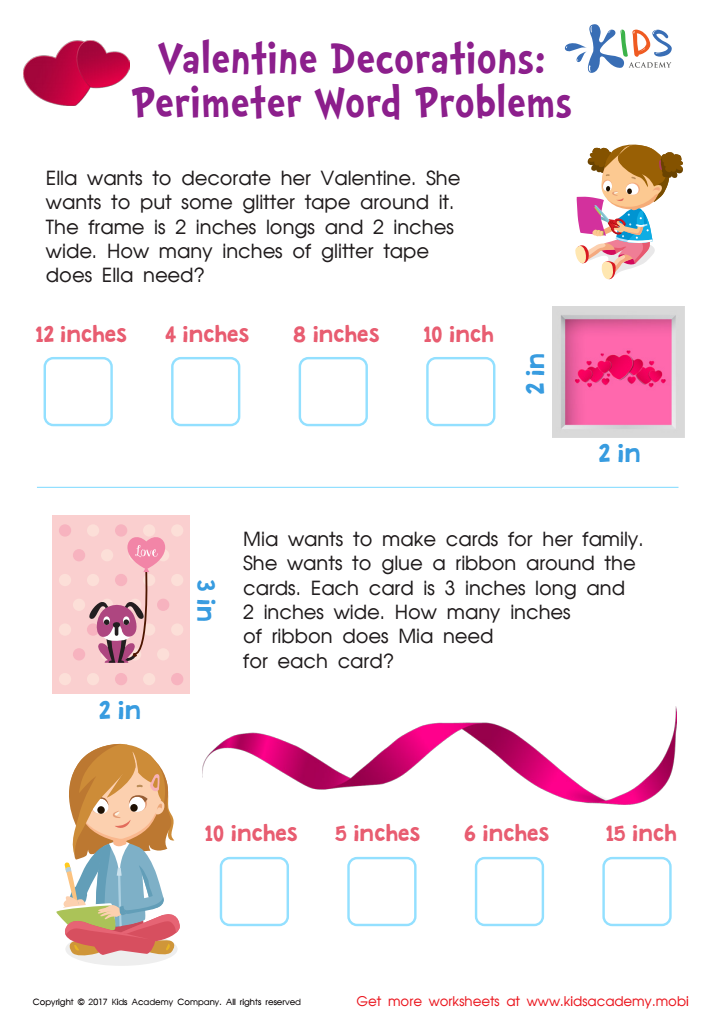

Perimeter Word Problems Worksheet
Celebrate Valentine's Day by solving perimeter word problems! This 3rd grade worksheet offers a fun, realistic way to practice. Help kids figure out how much material they'll need to make beautiful valentines!
Perimeter Word Problems Worksheet
Worksheet
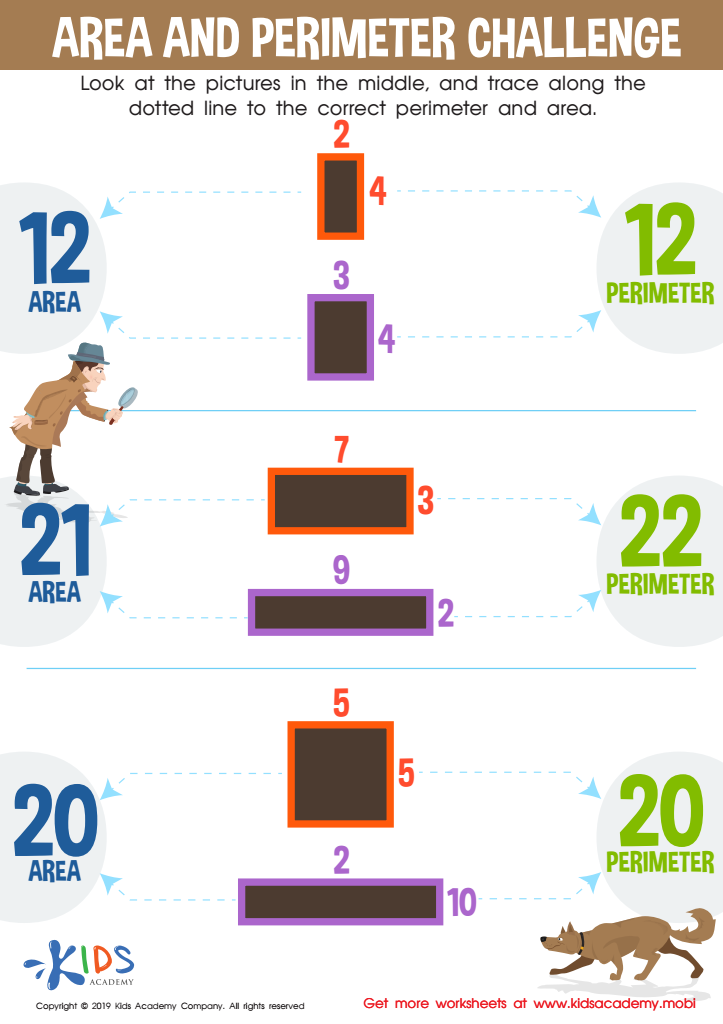

Area and Perimeter Challenge Worksheet
Calculating objects can seem tricky, but with your guidance your students will soon be pros. To help them, give them exercises to practice. Eg. Trace the dotted line on the worksheet to calculate perimeter and area. With practice, they'll soon be geometry experts.
Area and Perimeter Challenge Worksheet
Worksheet
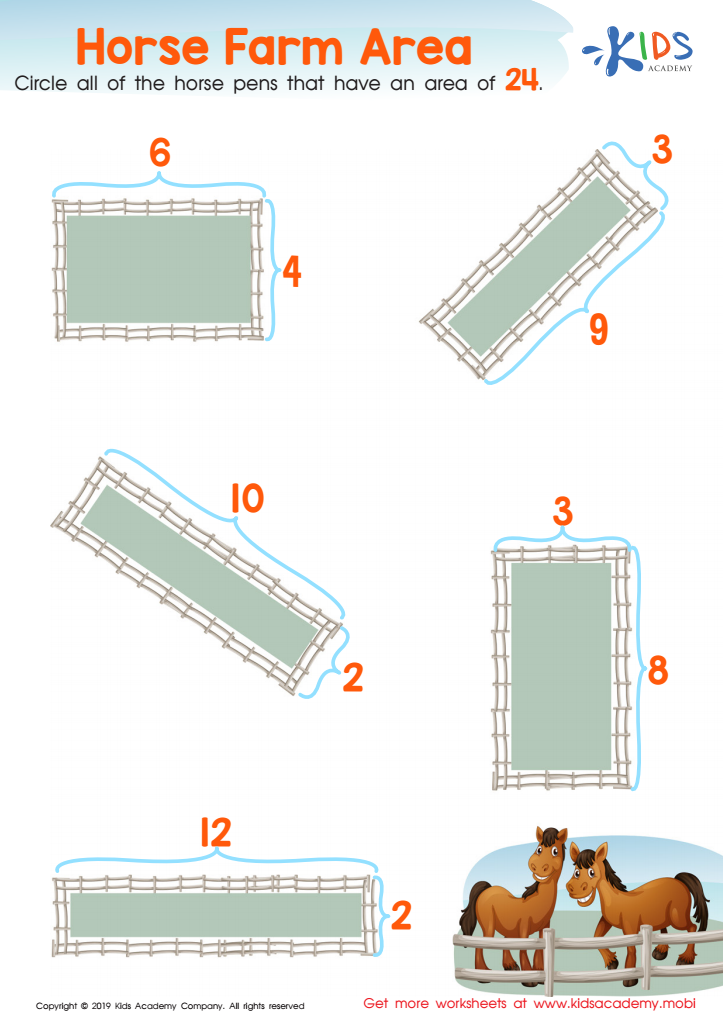

Horse Farm Area Worksheet
Take your kids to a horse farm! They'll love it – there's lots to explore, plus they can ride horses. Then challenge them with a geometry worksheet: help them calculate the area of all the horse pens, then circle the ones with an area of 24.
Horse Farm Area Worksheet
Worksheet
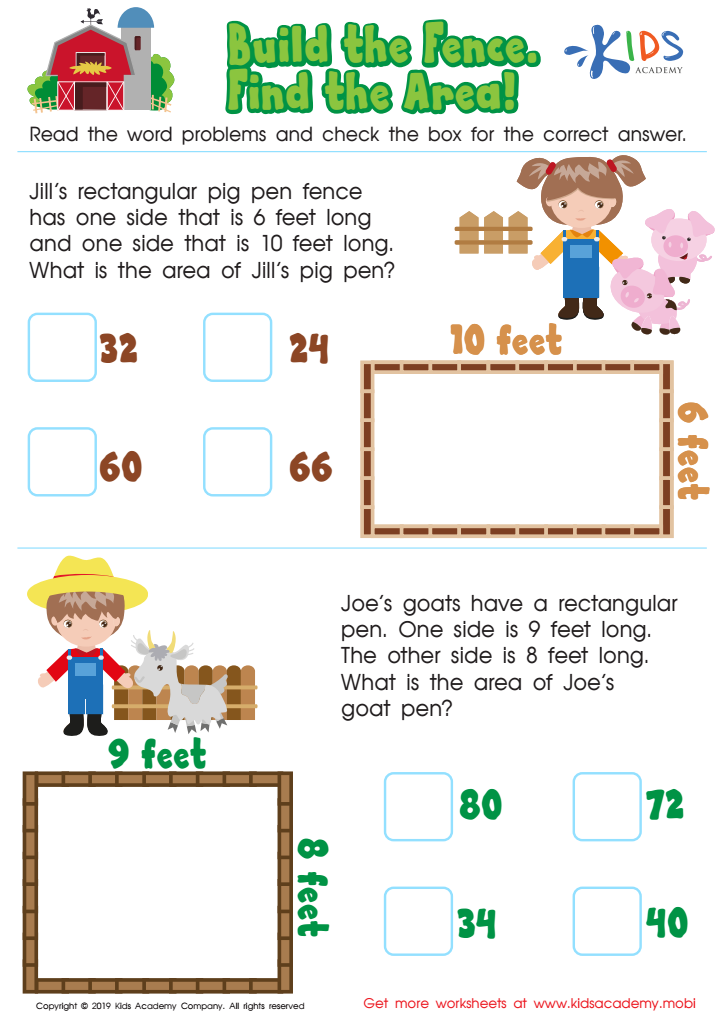

Build the Fence, Find the Area Worksheet
Help your kids gain skills in mathematics with this simple worksheet. Kids can refresh their addition and subtraction to solve geometry problems. Read the word problems and then help them check the box for the correct answer if they need extra help. This worksheet is great for improving kids' familiarity with basic equations.
Build the Fence, Find the Area Worksheet
Worksheet
 Assign to the classroom
Assign to the classroom
